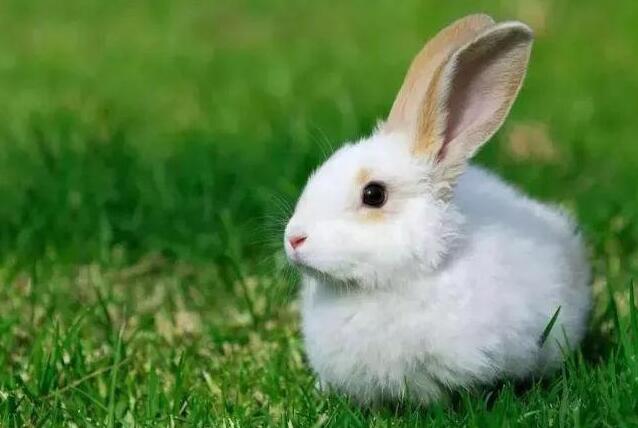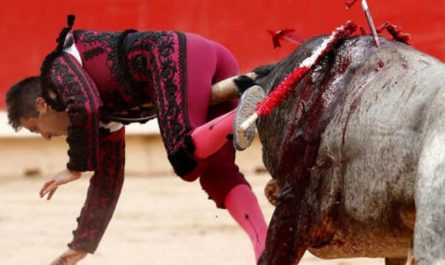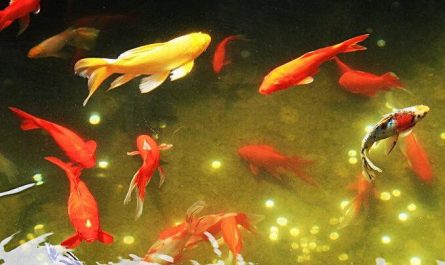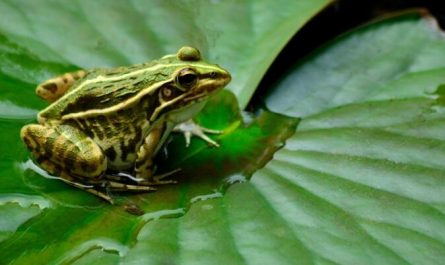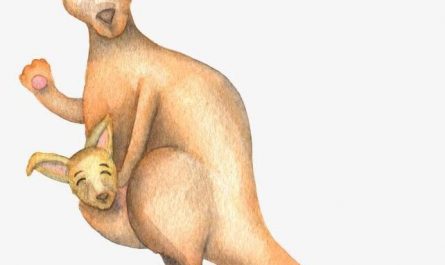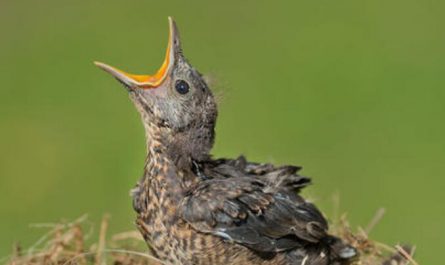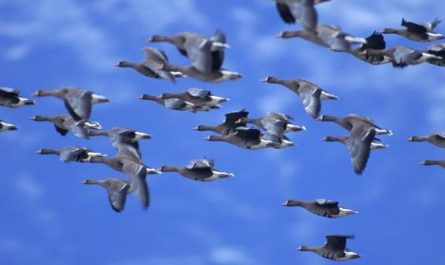Reason of low reproduction in winter
In winter, the temperature is low, the green feed is lacking, the nutritional level is reduced, the physique of the breeding rabbits is weak, the female rabbits are not in normal heat, and the conception rate is low. Therefore, the young rabbits are very easy to freeze to death without heat preservation equipment. Male rabbits generally have low libido and normal sperm motility and density from December to February of the second year. The estrus rate of female rabbits is 60-70%, the conception rate of breeding is 50-60%, and the average litter produces 6-7 litters. However, if there is abundant feed and good warmth in winter, good reproduction effects can still be obtained.
Introduction to the characteristics of rabbit reproduction
Spring reproduction characteristics
In spring, the climate is mild, the forage is abundant, the male rabbits have strong sexual desire, and the female rabbits have a high conception rate. It is a good season for meat rabbits to breed and breed. Male rabbits have the highest ejaculation volume and sperm density in spring. Female rabbits have an estrus rate of over 80%, and the conception rate of female rabbits is as high as 90% during estrus. Therefore, breeders must seize this favorable opportunity to do a good job of breeding. However, in southern my country, due to the rainy season in spring and excessive humidity, the young rabbits are prone to disease. Therefore, we must prevent moisture and disease during breeding.
Summer breeding characteristics
In summer, the climate is hot, high temperature and humidity, the appetite of meat rabbits is reduced, the physique is weak, the sexual function is not strong, the conception rate of breeding is low, and the litter is small. In summer, male rabbit sperm motility decreases, density decreases, and the number of abnormal sperm increases. The estrus rate of female rabbits is only 20-40%, the conception rate is 30-40%, the average number of litters per litter is 3-5, and the survival rate is also very low. If the female rabbit is in good physical condition in summer and has shading and heatstroke prevention conditions, and the temperature is lower than 32℃, breeding and breeding can still be arranged appropriately.
Autumn reproduction characteristics
In autumn, the climate is mild, the feed is sufficient and nutritious, male and female rabbits begin to recover their physique, and their libido gradually becomes stronger. Female rabbits have a high conception rate and a large number of litters. It is a good season for meat rabbits to breed. From September to November, male rabbits have strong libido, and sperm motility increases and density increases. The estrus rate of female rabbits is about 80%, the conception rate of breeding is about 65%, and the average litter is 6-7. Autumn is the moulting season of meat rabbits, which consumes a lot of nutrients and affects breeding and reproduction, but it can be avoided by strengthening feeding management. Male rabbits may be temporarily sterile after fallow in summer, so they must be compounded for the first time.
How rabbits reproduce
It is difficult to distinguish between male and female rabbits. The gender of newborn rabbits can generally be identified by observing the shape of the genital pores of the genitals and the distance between them and the anus. The hole is flat and slightly larger, and the one closer to the anus is a female rabbit; the hole is round and slightly smaller, and the one that is farther from the anus is a male rabbit.
Male rabbits will grow testes (testicles) at 8-10 weeks after birth. Grab the rabbit and touch the pubic area near the anus with your hand. You will feel a piece of meat slightly larger than the broad bean. This is a male rabbit, while the one without a piece of meat is a female rabbit. However, there are large and small pieces of meat, and individual pieces are difficult to distinguish between male and female. There is no hair on the scrotum of adult male rabbits.
When the rabbit grows up and begins to come into heat, the male rabbit’s hind legs slap the ground with force to make a sound, and chase behind the female rabbit. It is easy to distinguish between male and female rabbits during this period. This behavior of male rabbits is to court female rabbits and express their existence to each other. Female rabbits can secrete a special odor when they are in estrus, lift their tails, and constantly swing, so that the secreted odor spreads out, thereby attracting male rabbits.
Ten points for breeding rabbits in winter
1. Choose good breeding rabbits before entering the winter, and carry out a centralized screening of breeding rabbits. Male and female rabbits with good production performance, health and disease-free, strong sexual desire, and well-developed reproductive organs are selected into the breeding rabbit group in winter. For breeding rabbits for the first time, male rabbits should be 8-10 months old and weigh more than 3.5 kg, and female rabbits should be 6-8 months old and weigh more than 3 kg. Male and female rabbits with poor physical fitness and low fecundity cannot participate in winter breeding.
2. Formulate a breeding plan Before breeding, formulate a breeding plan based on the production performance, weight, pedigree and past breeding situation of the breeding rabbits. Avoid mismatch and inbreeding, improve the utilization rate of breeding rabbits, and ensure the quality of rabbits.
3. To improve the breeding environment, the temperature of the rabbit house in winter should be controlled between 15~22℃, and the minimum temperature should not be lower than 10℃. The humidity of the rabbit house should be kept between 55% and 65%. The rabbit house should be ventilated, clean, dry and quiet. The light should be mainly natural light, supplemented by artificial light. Artificial lighting is better with incandescent light, about 3 watts per square meter of ground, about 12 hours of light per day. Breeding rabbits should have proper exercise to increase libido and stimulate ovulation.
4. To meet the nutritional needs of breeding rabbits, the ration standard should be changed according to the production purpose of the breeding rabbits, gender, age, weight, breeding intensity and other factors. Generally, the ratio of ration for breeding rabbits is roughly: 30% corn and other energy feeds, 15% soybean meal (meal), 13% bran, 1.5% bone meal, 0.5% salt, coarse feed (including grass meal, straw meal, etc.) 40%. The daily feed for male rabbits is about 170 grams, and the daily feed for female rabbits is about 150 grams. Animal feed and green juicy feed should also be added in the diet. The drinking water for breeding rabbits should be clean and hygienic.
5. Grasp the timing of breeding The estrus cycle and duration of female rabbits in winter are slightly delayed, and the female rabbits in estrus should be found in time. When the female rabbit is in heat, it is manifested as a decrease in appetite, excitement, running around, raising her tail frequently, crawling across other rabbits, stunned, jumping or going around, making a low cry. The vulva is swollen, flushed, and moist, and some vaginal mucus will flow out. When the female rabbit’s pubic area changes from pink to big red, it is the best time for breeding. If the female rabbit is in heat, you can also use the ligated vas deferens and put the male rabbit in the female rabbit cage to find out. The male rabbit crawls across the female rabbit and the female rabbit accepts mating.
6. Improve the breeding method. The breeding time for breeding rabbits in winter should be between 9 o’clock and 15 o’clock. Breeding is not suitable for 1 hour before and after feeding. The breeding intensity of male rabbits should not be too high. One male rabbit can bear up to 10 female rabbits. Male rabbits can be matched 2 to 3 times a day, and they can be matched for 3 days and rest for 1 day. Young male rabbits are bred 1 to 2 times a day, and have a rest for 2 consecutive days. The semen quality should be checked regularly, and male rabbits with poor semen quality should be eliminated in time. Female rabbits should be placed in male rabbit cages for breeding. Female rabbits do not accept mating, you can remove the female rabbit and find another male rabbit to mate. If the female rabbit still does not accept mating, she can be returned to the original cage for mating another day or artificially assisted. After mating, raise the hind legs of the female rabbit and pat a few buttocks in time to promote contraction of the vagina and uterus to prevent semen from flowing out. The female rabbits will be compounded again at an interval of 8-10 hours after mating. If it is used for commercial rabbit breeding, a female rabbit can mate with two male rabbits continuously, and the interval between them is no more than 30 minutes. This can increase the conception rate and litter size of female rabbits.
It can be artificial for female rabbits that are not in heat or are not in heat. One is to put the female rabbit in the male rabbit’s cage, and let the male rabbit chase and climb for 1 to 2 hours, usually 3 to 4 times to make the female rabbit estrus; the second is to raise the female rabbit and the male rabbit in separate cages, or Put the female rabbit into the cage where the male rabbit has been raised to induce the female rabbit to estrus; the third is to lift the female rabbit’s tail and gently massage the female rabbit’s vulva with hands for 4 to 5 minutes each time.
7. Improving the reproduction intensity The strong female rabbits and the rabbit farm with good breeding and management conditions can appropriately increase the reproduction intensity. For the breeding of purebred rabbits, the female rabbits can be bred about 15 days after delivery, so that the female rabbits will increase 2 to 3 litters in a year. For the breeding of commercial rabbits, the female rabbits can be bred about 5 days after delivery, so that the female rabbits will increase 3 to 4 births in a year.
8. Timely pregnancy check-ups should be carried out on the female rabbits in time to detect non-pregnant female rabbits and breed them in time. You can choose the following methods. One is to put the female rabbit in the male rabbit cage to test the situation after 8-10 days of mating. If the female rabbit screams, refuses the male rabbit to climb across, or even bites the male rabbit, it proves that the female rabbit is pregnant. Second, the female rabbits were weighed for about 10 days after breeding, and the weight of pregnant female rabbits increased significantly. Third, after 1 week of pregnancy, female rabbits have increased appetite, bright coat, enlarged abdomen, and phenomena such as holding grass and tearing hair. Fourth, touch the fetus in the abdomen of the mother rabbit. 10 days after mating, the fetus is the size of a feces ball, and 15 days is the size of an egg yolk. Do not touch the female rabbit’s abdomen for inspection after 20 days, so as to avoid miscarriage.
9. Preventing diseases. Breeding rabbits are prone to infection in winter, especially colds, pneumonia, rabbit plague, constipation and other diseases with high incidence. It is necessary to strengthen the sanitation and epidemic prevention measures in the rabbit house to reduce or eliminate the occurrence of diseases. Pay attention to the rabbit population, and immediately isolate and treat sick rabbits to prevent the spread of the disease.
10. Make a good breeding record after the completion of breeding, record the female rabbit’s estrus performance, mating date, male rabbit breed number, stage weight, pregnancy, etc. for the record, so that the rabbits can be raised and managed.
